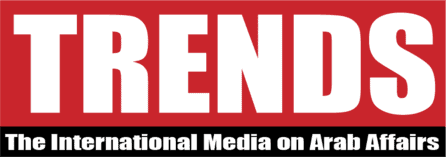Washington, United States — Conflicts and related fatalities have more than tripled since the early 2000s, fueling extreme poverty, the World Bank said Friday.
Economies in fragile and conflict-affected regions have become “the epicenter of global poverty and food insecurity, a situation increasingly shaped by the frequency and intensity of conflict,” the bank added in a new study.
This year, 421 million people get by on less than $3 a day in places hit by conflict or instability — a situation of extreme poverty — and the number is poised to hit 435 million by 2030.
Global attention has been focused on conflicts in Ukraine and the Middle East for the past three years, said World Bank Group chief economist Indermit Gill.
But “half of the countries facing conflict or instability today have been in such conditions for 15 years or more,” he added.
Currently, 39 economies are classified as facing such conditions, and 21 of them are in active conflict, the Washington-based development lender said.
The list includes Ukraine, Somalia, South Sudan and the West Bank and Gaza.
It also includes Iraq although not Iran.
The report flagged that moves to prevent conflict can bring high returns, with timely interventions being “far more cost-effective than responding after violence erupts.”
It also said that some of these economies have advantages that could be used to reignite growth, noting that places like Zimbabwe, Mozambique and the Democratic Republic of Congo are rich in minerals key to clean tech like electric vehicles and solar panels.
“Economic stagnation — rather than growth — has been the norm in economies hit by conflict and instability over the past decade and a half,” said Ayhan Kose, World Bank Group deputy chief economist.
The bank’s report noted that high-intensity conflicts, which kill more than 150 per million people, are typically followed by a cumulative fall of around 20 percent in GDP per capita after five years.







